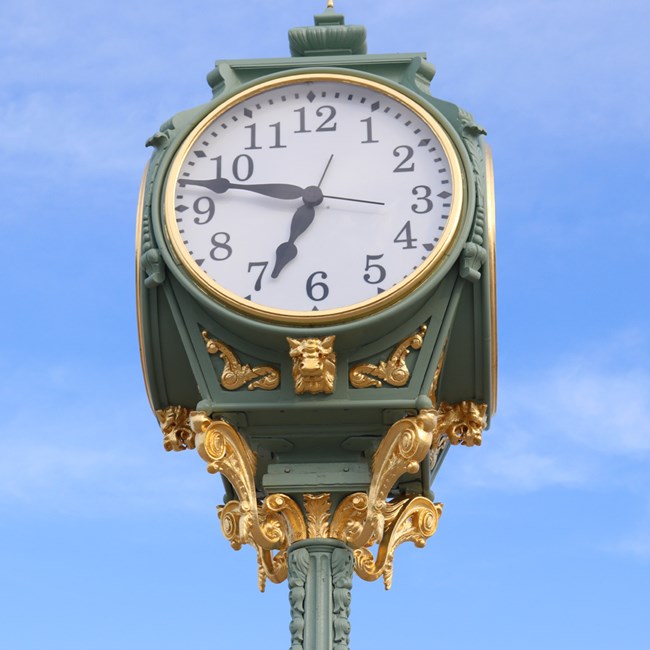TIME CHANGE TONIGHT: I Hate Having to Stay Up to 2 a.m. Just to Change the Clocks ... "Spring Forward, Fall Back," Daylight Savings Time Ends and Clocks Move Back An Hour
(SCW 11.4.23) It's that time again, time to change the clocks, as in "Spring Forward, Fall Back."
One website sure to get overloaded is Time.Gov, offering the official U.S. Time. It also reports on any innacuracy of your computer's clock, large or small.
As Saturday night, Nov. 4, 2023, rolls into early Sunday morning, Nov. 5, the clocks move back from 2 a.m. to 1 a.m. for most of the United States.
Daylight Savings Time comes to an end, and most of the country goes back to "Standard Time," such as switching back from Eastern Daylight Time to Eastern Standard Time.
While some dutiful persons might adjust their clocks at 2 a.m., to avoid being innacurate for several hours, most people do it before turning it.
To make things potentially more confusing, cellphones usually make the switch automatically, if tied in with the cellphone network.
Although beware of cellphones that are set to ignore the network for time settings, which need to be dealt with manually, unless their settings are switched back to take their time settings from the network again.
Computers also seem to deduce the need to change clocks, yet might ask for some reaffirmation.
Car clocks, stove clocks, wall clocks and the whole additional range of clocks, of course, need attention manually.
In recent years, one sometimes encounters individuals who get confused about the meaning of "Standard Time," apparently thinking that it is a generic term for whatever time is prevailing for a time zone.
In other words, some persons get confused and think that "Eastern Standard Time" simply means "Eastern Time" generically, so they will risk spending half the year telling people the wrong time, giving out a numeric time as "Eastern Standard Time," when they actually mean "Eastern Daylight Time," which is one hour different.
In reality, of course, for example, Eastern Standard Time stays the same all year, and Eastern Daylight Time is technically the same all year, an hour later than Eastern Standard Time. The time used in the Eastern Time Zone, perhaps referred to simply as "Eastern Time" actually switches back and forth between the two, now going into Eastern Standard Time (EST) before switching back to Eastern Daylight Time (EDT) in the spring.
In one interesting case, while much of Arizona does not change its clocks, staying on Mountain Standard Time all year, the Navajo Nation, itself larger than some states, does change clocks. The Navajo apparently are motivated to use Daylight Savings Time (DST) half the year because their territory extends into other states that also use DST half the year.
So for now at least, for the temporal-nomenclature-challenged who get confused and mistakenly think that Eastern Time and Eastern Standard Time are always the same thing, at least they will be correct for the next six months.
[please be sure to consider clicking the support button, to support this web project and related efforts]
Key Words: Time, Clocks, Clock Change, Spring Forward, Fall Back, Eastern Standard Time, Eastern Daylight Time, Daylight Savings Time, Navajo, Arizona
